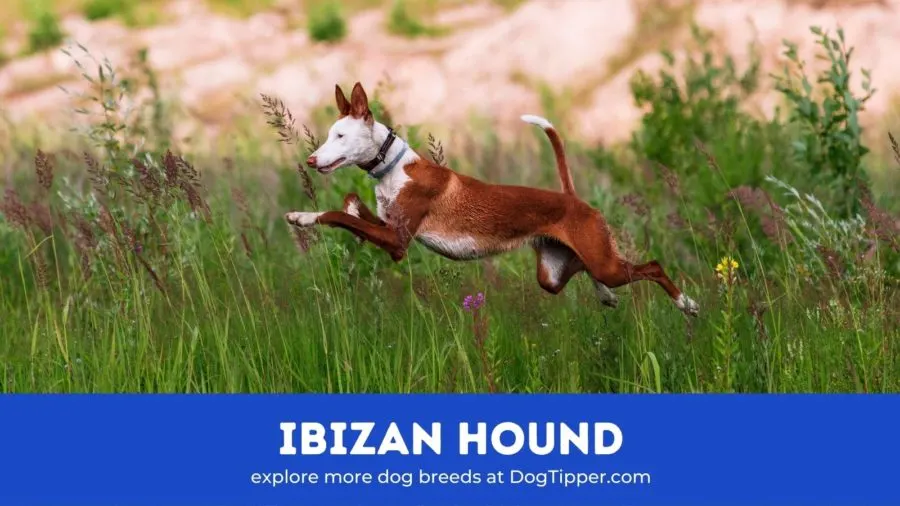
Ibizan Hound
The descendants of Egyptian hounds, through its name the Ibizan Hound honors the Mediterranean island where the breed developed.
A dog with a sleek physique that bears a striking resemblance to the Pharaoh Hound, this breed (which is known as le charnigue in France) is skilled at hunting small game.
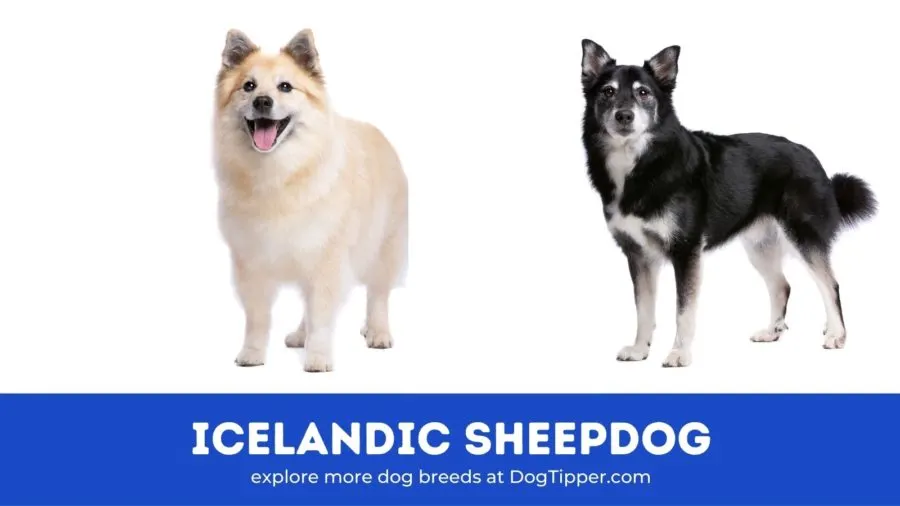
Icelandic Sheepdog
A dog with many monikers, among them the Icelandic Spitz, the Iceland Dog, the Friaar Dog and Canis Islandicus, this ancient breed sailed with the Vikings to the land for which they are named over 1,000 years ago.
Initially bred to protect livestock, today the Icelandic Sheepdog’s skills are also showcased in a variety of canine sports, including agility, coursing, obedience and dog tricks.
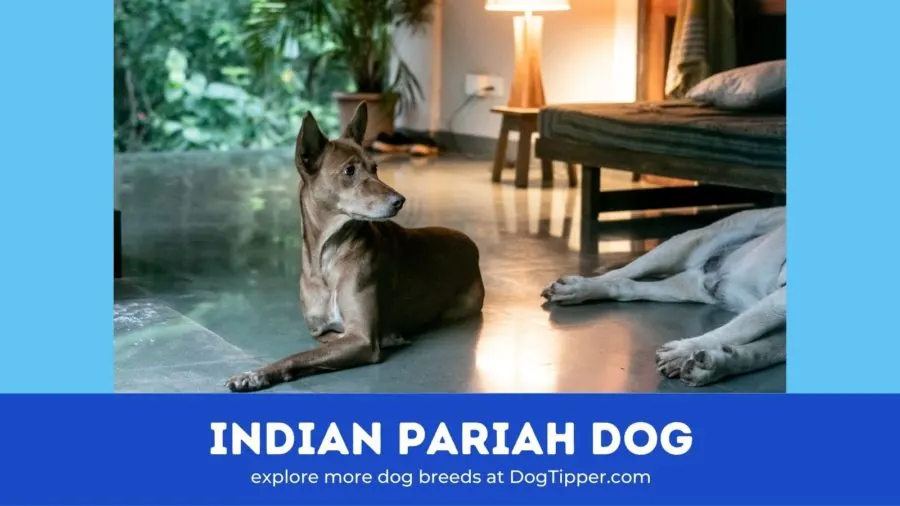
Indian pariah dog
A canine with roots that reach back 4,500 years, this native of India is commonly thought of by a word in its official name: “pariah,” or “outsider.”
While some have taken on the roles of police dog and guard dog, most members of this breed live off of their wits as street dogs.
Dog devotees outside of India may know the Indian Pariah Dog through the words of author Rudyard Kipling, who immortalized the breed in The Jungle Book and Just So Stories.
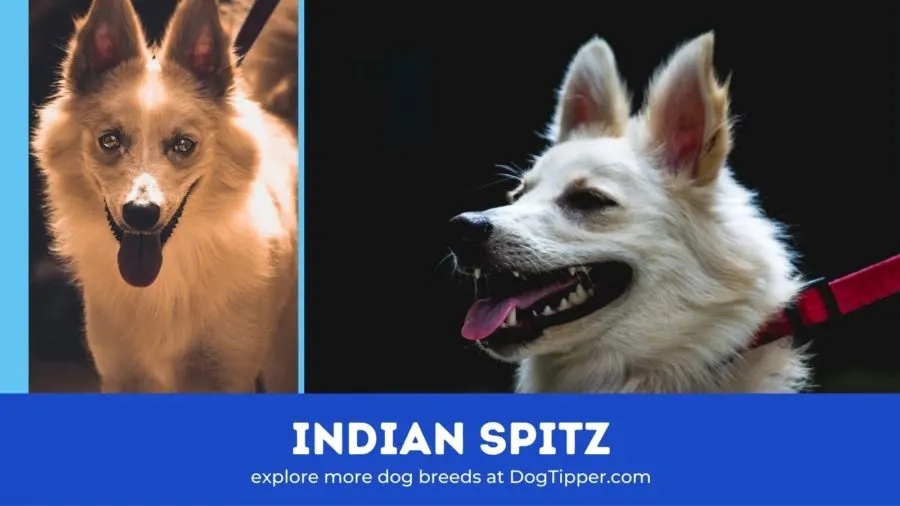
Indian Spitz
Also known as the Indian Pomeranian, this small breed was introduced in the 19th century. Their popularity did not soar in their native country, however, until the 1980s and 1990s, a time when the people of India relied mainly on indigenous breeds for companion animals as dogs imported from other countries were difficult to acquire.
Frequently confused with the Pomeranian, the Indian Spitz is larger and has more prominently pointed ears than the Pomeranian.
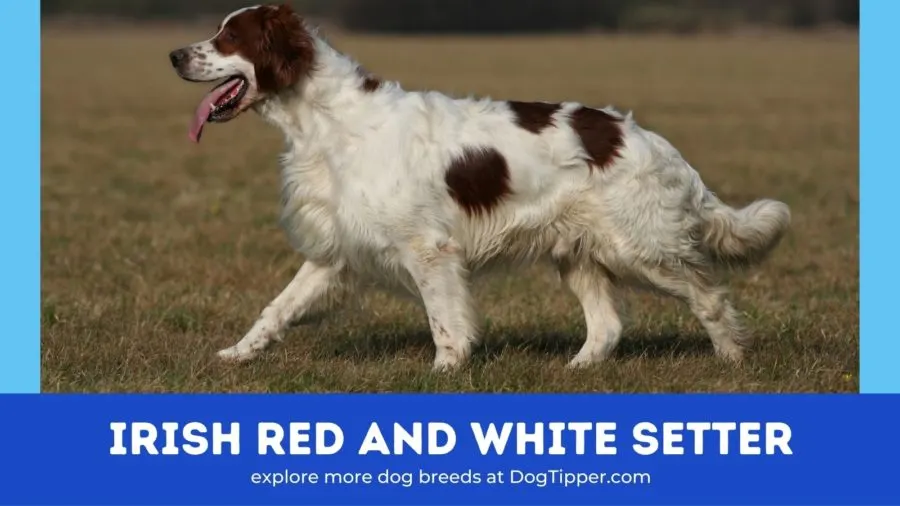
Irish Red and White Setter
A forerunner of the Irish Setter, starting the 1600s the telltale “frozen” form of this gundog would silently signaled the proximity of gamebirds to hunters.
The Irish Red and White was almost lost to the world in the 19th century, and although the breed is still relatively rare (with only 500 currently in North America) the dogs’ population began to rebound in the 1920s thanks to the efforts of breeders.
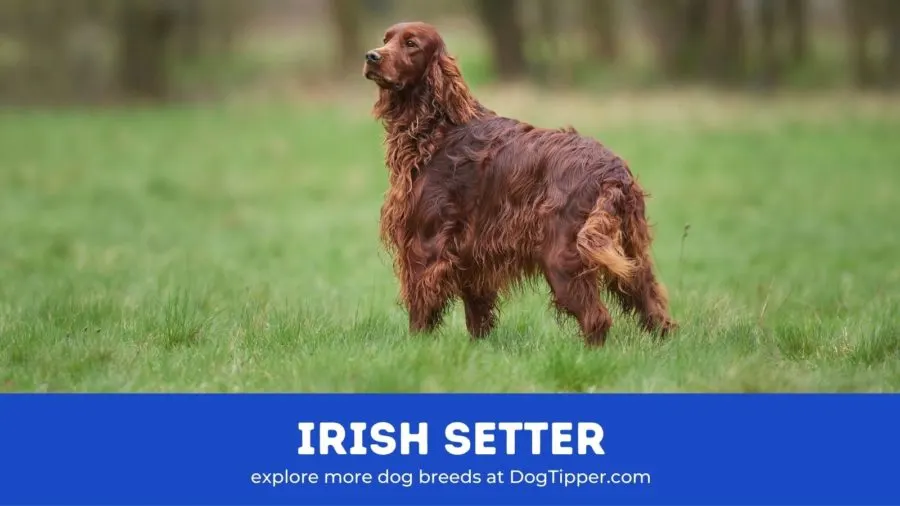
Irish Setter
The Irish Setter is a beautiful, happy-go-lucky dog that was bred to hunt enthusiastically with lots of energy. Today he makes a fantastic companion with both adults and children as long as there is enough activity to keep him active and happy.
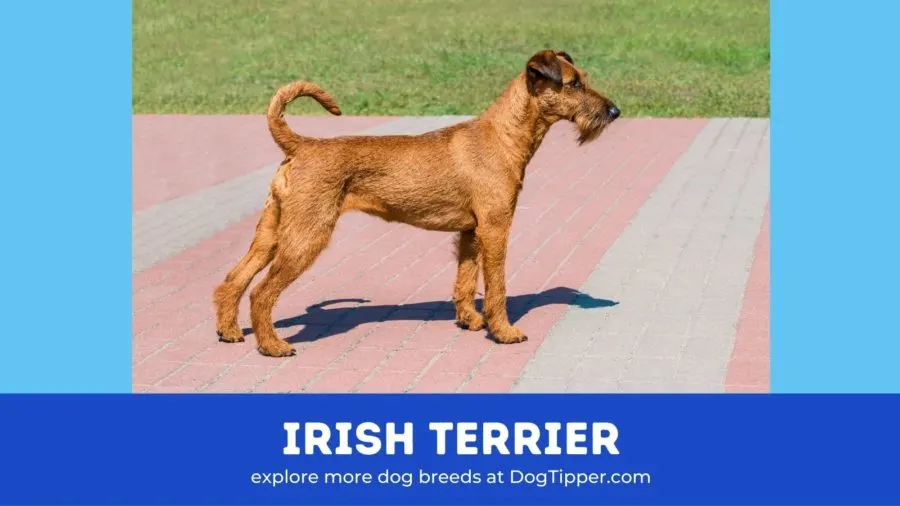
Irish Terrier
One of the oldest terrier breeds, the Irish Terrier first served as a ratter in its homeland of Ireland. Today the red haired beauty is nicknamed “Daredevil,” a hint at its fiery personality and love of adventure.
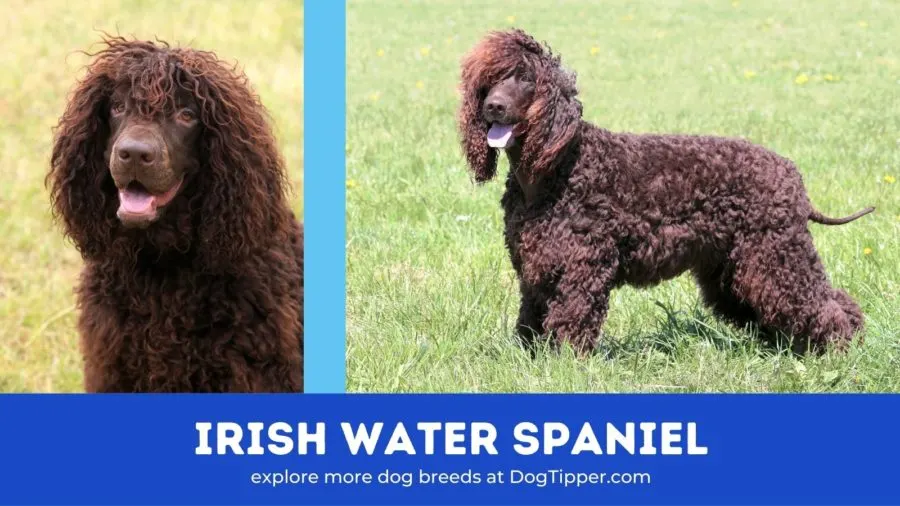
Irish Water Spaniel
Originating on The Emerald Isle as far back as the 7th century, history has recorded that the progenitor of today’s Irish Water Spaniel (which has the distinction of being the tallest of the Spaniels) was a dog called Boatswain, who lived in the 1830s.
While the forefathers of this breed are unknown, it is thought that the Barbet, the now extinct English Water Spaniel, the Poodle and the Portuguese Water Dog may have helped in the breed’s development.
A canine known by many names, among its monikers are the Bog Dog, the Rat Tail Spaniel, the Shannon Spaniel and the Whiptail. The breed is also fondly referred to as “the clown of the Spaniel family” thanks to the puff of curly hair on their head and their impish behavior with those they love.
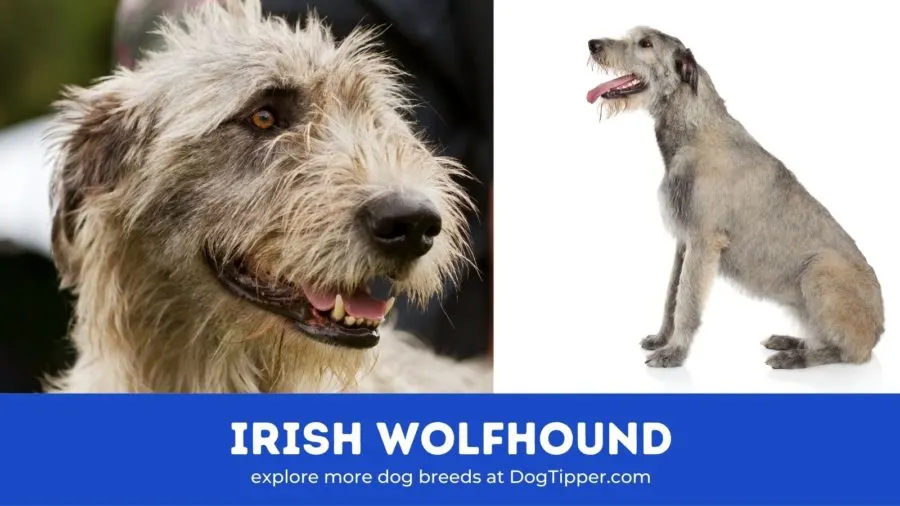
Irish Wolfhound
The world’s tallest dog breed (which, at up to 7 feet, can tower over a person when standing solely on their back legs!) also has a lineage that stretches farther back than almost any other canine. Although 391 A.D. marks the first known mention of the Irish Wolfhound, history has lost sight of this sighthounds’ true beginnings.
Their hunting skills used centuries ago to kill wolves, once the predators’ population dwindled in the late 1700s due to the dogs’ diligence the Irish Wolfhound faced oblivion. Thanks to the efforts of British Army captain George Augustus Graham in the mid-1860s the breed was able to bounce back.
Pet parents who welcome this gentle giant into their heart and home share a common thread with such past famous guardians of the breed as Anne Boleyn, Queen Elizabeth I, King Richard III, George Washington and silent screen idol Rudolph Valentino.
To learn more about the faithfulness of the Irish wolfhound, read the sad tale of Gelert and see the gravesite in Wales where even today dog lovers come to pay their respects. Also see: Dog Sculptures in Wales
Istrian Coarse-haired Hound
This Croatian scent hound varies little from the more well-known Istrian Shorthaired Hound.
The major differences that help to discern the two breeds include: height, with the Istrian Course-haired Hound coming in at approximately 24 inches and the Istrian Shorthaired Hound measuring 19.5 inches; and coat texture, which is wiry in the Course-haired Hound and smooth in the Shorthaired Hound.
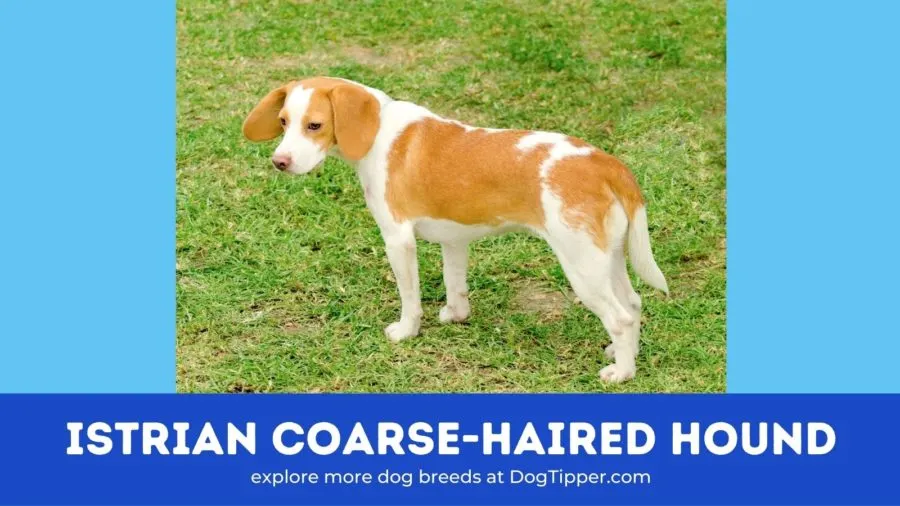
Istrian Shorthaired Hound
Named after the Croatian peninsula which was this scent dogs’ place of origin (although Dalmatia and Croatian Littoral also instrumental to the breed’s beginnings), the skills of this rare hound are still used in Croatia for hunting small game.
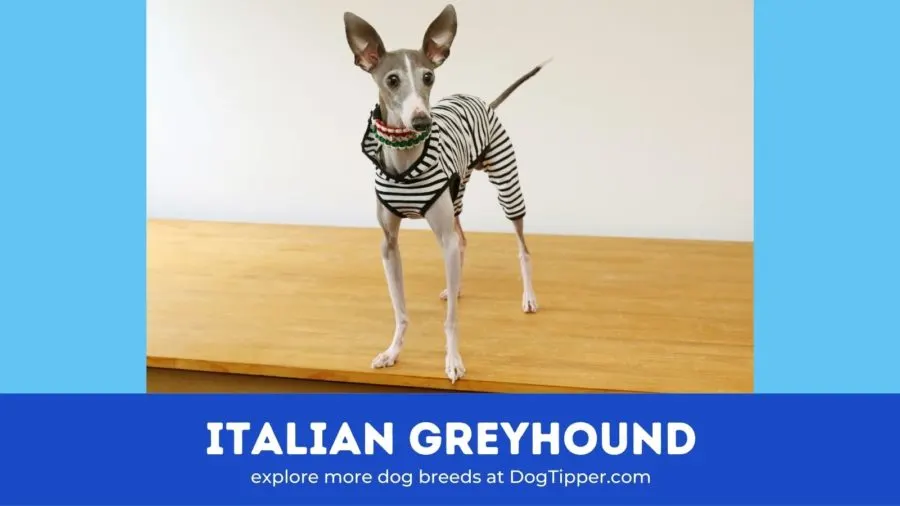
Italian Greyhound
The exact origin of this beautiful breed of dog remains a mystery although artwork dating back more than 2000 years depicts these dogs in the Mediterranean. Italian Greyhounds were known as “Miniature Greyhounds” and were found throughout southern Europe, especially adored by Italian courtiers. The breed arrived in England in the 17th century and its popularity grew, reaching its peak sometime during the reign of Queen Victoria.
The Italian Greyhound is a moderately small dog that loves to run at fast speeds and chase anything that will run from it. These dogs are extremely gentle and a bit on the sensitive side. Italian Greyhounds are reserved, timid, and makes a lovable family pet.
Explore More Dog Breeds Starting with:
A | B | C | D | E | F | G | H | I | J | K | L | M | N | O | P | R | S | T | V-Z
Photo Credits: Canva.com unless otherwise credited
